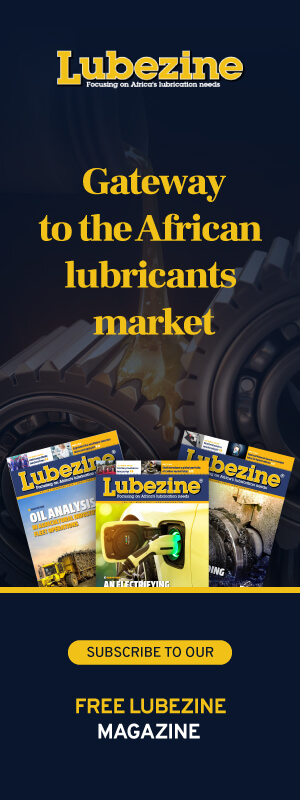Audi launches Prelube oil for its steel sheets
Audi has introduced the second-generation steel coil lubrication Prelube II. This new product will help to significantly reduce the amount of lubricant required for protecting against corrosion and machining the metal sheets in the press shop.
With the previous lubrication Prelube I, one gram of oil is applied over every square meter of sheet steel. With the new lubrication class Prelube II, however, just 0.7 grams of oil are required for every square meter and with almost identical processing parameters. Extrapolated to all steel components that Audi machines at its production locations in Europe and Mexico, this offers incredible savings potential of around 40 metric tons of oil every year compared with the same period in 2018. The new oil class creates a protective film on the surface of a metal sheet that is thicker and does not run off, said Audi.
“At Audi, we’re always thinking about how to make our process steps in production and logistics more sustainable over the long term. Every contribution to increasing resource efficiency and achieving the ambitious targets behind our Audi environmental campaign Mission: Zero helps,” said Peter Kössler, Board Member for Production and Logistics at AUDI AG.
“We have managed to persuade our steel suppliers to switch to Prelube II, a technically challenging process but one that will help to conserve resources over the long term. The Volkswagen Group, too, has eagerly adopted our initiative and is planning to introduce the new oil class in Europe as the standard. This will increase the savings potential even more,” said Dr. Ingo Faass from operations management at the press shop in Ingolstadt.
Compared with Prelube I, this second-generation product offers another key benefit. Since the protective lubrication needs to be washed off thoroughly before the body can be painted, a thinner film of oil on the steel coils is much more environmentally friendly. “In future degreasing processes, we will be able to significantly reduce the amount of cleaner that we use and, in particular, its surfactant content,” said Martin Michallek from Paint Shop Production Planning in Ingolstadt.

